Dry brushing for lymphatic drainage
What is dry brushing?
Dry brushing is an age-old practice from Ayurvedic medicine. It is thought to stimulate the lymphatic system, increase circulation and energy and exfoliate the skin.
How is dry brushing thought to help the lymphatic system?
The lymphatic system plays two important roles:
Returns fluid to your bloodstream
Helps to fight infection
However, in chronic pain conditions such as endometriosis, changes are observed in the lymphatic system. In some people, the normal job of collecting fluid from between the cells and returning it to the blood stream gets interrupted. This can results in the build up of inflammatory chemicals in an area. These inflammatory chemicals are very irritating to the nerve cells in the area and can increase the experience of pain.
While the research is limited, anecdotal evidence suggests that dry brushing can be helpful in conditions where lymphatic drainage can be part of the pain picture, such as endometriosis and other chronic pain conditions.
What equipment do you need?
You’ll need:
a natural fibre brush. Some people like one that they can hold in their hand, while others prefer a long-handled brush. You can buy these at pharmacies, The Body Shop and on-line.
*Tip: If you have sensitive skin, find a brush that has longer bristles, as these will be softer on the skin. Cactus bristles are a natural fiber that is common found on brushes.A quiet, comfortable space where can stand and move your arms freely (and about 5 minutes)
Optional: Cream or oil for moisturising post-brush.
How to Dry Brush:
If it’s your first time, you may wish to only do one part of your body, such as your legs, to see how your body responds.
Begin at the soles of your feet.
Using gentle, upward strokes, brush towards your heart. The motion should be wide, circular, and clockwise.
Move Up Your Body:
Continue brushing up your legs, always moving towards your heart. Pay attention to both the front and back of your legs.
Mid-Section and Back:
Move to your mid-section, brushing in circular motions over your stomach. If possible, use a long-handled brush to reach your back. Remember, always brush towards the heart as the lymphatic fluid drains back into the blood stream near the heart.
Arms and Hands:
Once your legs and mid-section are done, move on to your arms. Brush from your hands up towards your armpits.
Use Gentle Pressure:
Use light pressure on more delicate areas with thinner skin, and a bit more pressure on areas with thicker skin, like the soles of your feet.
Avoid Sensitive Areas:
Skip brushing over sensitive areas, wounds, cuts, or anywhere your skin is inflamed. Steer clear of your face unless you have a brush specifically designed for facial use.
Shower Time:
After your dry brushing session, hop into a cool shower to rinse off the exfoliated skin.
Moisturize:
Once you're out of the shower, consider applying a natural plant oil, such as olive or coconut oil, to keep your skin moisturized.
How often should you Dry Brush:
You can start with dry brushing a couple of times a week and adjust according to your comfort level. Usually two to three times a week is a good amount.
How to Maintain Your Brush:
Ideally you should rinse your brush thoroughly after each use. Allow it to dry in an open, sunny area to prevent mildew. Clean your brush with soap and water once a week. Don't share your brush with anyone to prevent the risk of infection.
Remember, the key is to make it a relaxing experience. Enjoy the process and the benefits it may bring to your skin and overall well-being!
Caution: When shouldn’t you Dry Brush?
If you have open or inflamed skin, like eczema or psoriasis, it's skip dry brushing over those areas.
Open wounds are a no-go. Stay well clear of any sores or wounds and make sure they have completely healed before you attempt dry-brushing.
Also Take care around very sensitive areas or varicose veins
If you have any questions our team is here to help
Disclaimer: This blog is for general informational purposes only and does not constitute the practice of medicine, nursing or other professional health care services, including the giving of medical advice, and no practitioner/patient relationship is formed. The use of information on this blog or materials linked from this blog is at the user's own risk. The content of this blog is not intended to be a substitute for professional medical advice, diagnosis, or treatment. Users should not disregard, or delay in obtaining, medical advice for any medical condition they may have, and should seek the assistance of their health care professionals for any such conditions.

